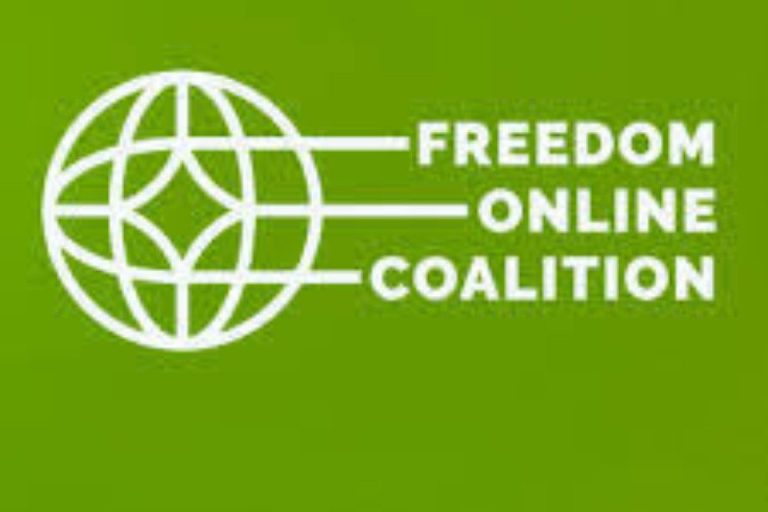
A report on journalists and media workers killed in 2018, released by the New York-based Committee to Protect Journalists (CPJ), says 2018 has been the deadliest year for journalists in the past three years with at least 53 journalists killed between January 1 and December 14, 2018 on the job, 34 of whom were targeted for murder in reprisal for their work.
The year, according to CPJ witnessed an increase in killings came as the jailing of journalists also hit a sustained high adding to ongoing global crisis of press freedom. It pointed out that amid the physical dangers to journalists, many world leaders doubled down on anti-press rhetoric.
The report released in New York on December 19, 2018 says the number of journalists targeted for murder in reprisal for their reporting nearly doubled in 2018 from a year earlier, driving up the overall count of journalists killed on the job.
It named Afghanistan, where extremists have stepped up deliberate attacks on journalists, as the deadliest country for journalists, followed by Syria and India.
The report noted that 2019 was marked by high-profile murders of journalists including Washington Post columnist Jamal Khashoggi, killed by Saudi agents in the Saudi Arabian consulate in Istanbul in October; the shooting to death of Slovakian investigative journalist Jan Kuciak alongside his fiancé in February; the targeting and killing of nine Afghan journalists in a single explosion in April; and the shooting to death of four journalists and a sales associate in June at the Capital Gazette in Annapolis, Maryland by a gunman, which it said was the deadliest attack on the U.S. media in recent history.
CPJ Executive Director Joel Simon, said: “Murder is a form of brutal censorship that is disrupting the flow of information. People around the world are increasingly recognizing what’s at stake. Political leaders must stand up, speak out, and deliver justice on behalf of the journalists who gave their lives to bring us the news.”
Other findings from CPJ’s research on the killing of journalists include:
- Seven media workers were killed in 2018, including two each in Afghanistan and Yemen.
- Three women were killed, compared with eight last year. Historically, about 7 percent of journalists killed are women.
- Five foreign journalists were killed during the year: two Ecuadorans were murdered in Colombia (along with their driver) and three Russians were killed in mysterious circumstances in the Central African Republic.
- Political groups, which include extremists like Islamic State, were the most frequent suspected perpetrators, in 53 percent of cases.
- Politics was the most dangerous beat, covered by 62 percent of journalists killed.
- Broadcast reporting was most dangerous job.
CPJ’s database of journalists killed in 2018 includes capsule reports on each victim and filters for examining trends in the data. CPJ began compiling detailed records on journalist deaths in 1992. CPJ considers a case work-related only when its staff is reasonably certain that a journalist was killed in direct reprisal for his or her work; in combat-related crossfire; or while carrying out a dangerous assignment.





